

There’s a quote from Super Mario creator Shigeru Miyamoto in which the renowned game designer compares the best video games to playgrounds – places the player can return to again and again, exploring in different ways and always finding something new. It’s an approach to game design that emphasizes play, not mastery. Beating a game doesn’t matter; experiencing it does.
Viewed from that perspective, Jazzpunk is the ultimate playground. Technically, Jazzpunk is a first-person adventure game, comprised of puzzles to solve and missions to finish. However, the game owes more to Nintendo’s random, mini-game driven WarioWare franchise than anything else. In Jazzpunk, the challenges are easy, the story intentionally disjointed, and the stakes completely absent – in fact, it’s impossible to die. Jazzpunk isn’t about getting to the next level; it’s about enjoying the crazy, psychedelic world that Necrophone Games put together. While the experience starts to lag by the end of the game, at its best Jazzpink is weird, slightly disturbing, and very, very funny.
In Jazzpunk, players assume the role of Polyblank, a freelance detective and spy who works for The Director, a mustachioed intelligence agent who works out of an abandoned subway car. The Director assigns Polyblank missions, which seem normal on the surface: infiltrate the Soviet embassy, seduce and rob a syndicate crime boss, poison a cowboy and steal his artificial kidney (okay, mostly normal). Polyblank starts each mission by taking pills, which instantly drop him in the middle of sprawling, psychedelic landscapes. And that’s where the fun begins.
Anyone who simply wants to finish Jazzpunk can do so in about half an hour, but that’s missing the point. Each one of the game’s five levels is packed with absurdist sight gags and bizarre mini-games, all of which can be found via brief exploration. Jazzpunk is the kind of game that asks players to shave a tourist’s back with a weed wacker, squirt Cheeze-Whiz into the mouth of a stuffy British gentleman, survive a pizza-themed remake of Evil Dead 2, and compete in a pillow fight with surprisingly violent consequences. You’ll “pick” locks shaped like noses, play of a game of Space Invaders against deadly germs, and trick security cameras with photocopies of your butt.
Admittedly, the random, sometimes juvenile humor isn’t for everyone. Jazzpunk is published by Adult Swim, the company behind The Brak Show, Aqua Teen Hunger Force, and last fall’s viral hit Too Many Cooks. The game feels like a natural extension of that brand; anyone who likes the trippy style of those series will feel right at home in Jazzpunk’s neon dystopia. Conversely, those who don’t care for Adult Swim’s sensibilities should probably stay far, far away.
And while the game is extremely funny, it’s not all great. With so many jokes, there are bound to be a few duds, and Jazzpunk can’t quite maintain its momentum over the course of a full game. Most Adult Swim episodes only run for fifteen minutes, while a full Jazzpunk playthrough lasts between two and two and a half hours. By the end of the game, the experience starts to wear thin. Players start expecting the unexpected, meaning that many of the gags fall flat. Even worse, the later levels don’t quite live up to the madcap promise of the game’s first half. As it goes on, Jazzpunk’s pace slows, with jokes arriving less frequently and exploration yielding fewer rewards. Jazzpunk might be better enjoyed in short bursts instead of one or two extended play sessions, but the game isn’t structured that way. There are few natural stopping points, and it’s hard to figure out the best times to pause and take a break.
Jazzpunk production values are a mixed bag, too. Necrophone Games only has two employees (artist Luis Hernandez and programmer Jess Brouse), so some shortcuts are expected, and the duo’s done an admirable job of making do with the resources available. Jazzpunk employs a brightly colored, surreal visual style that feels like a cartoon acid trip. The design evokes late 50’s and early 60’s psychedelia, with a hint of Japanese-flavored cyberpunk thrown in. Non-player characters look like the silhouettes found on street signs, and people don’t talk as much as they mumble incoherently (with subtitles that sometimes – but not always – explain what they’re saying).
But Jazzpunk is plagued by a sense of cheapness that strong art design can’t entirely overcome. Some of the environments are too large, with sprawling empty spaces that feel abandoned. Textures are mixed; they’re simple on purpose, but often look generic rather than stylized. The movement controls and some of the physics (when they’re not intentionally outrageous) feel like they haven’t strayed too far from the Unity engine defaults. Occasionally, Polyblank will get trapped behind a wandering NPC or a misplaced piece of scenery, requiring a reboot. None of this is terrible, exactly, but it adds up to an unpolished experience that makes it hard to justify the $14.99 asking price.
Thematically, Jazzpunk is a big mess. The drug use that starts each mission implies that the entire game is some kind of hallucination, and one level turns out to be nothing more than a Matrix-like computer simulation, designed to coddle occupants into a false sense of security. It’s no accident that a recurring non-player character looks exactly like gonzo journalist Hunter S. Thompson, who is famous for his drug-fueled insights. Unfortunately, none of these pieces add up to a coherent whole. The Necrophone team seems to have something to say about the nature of reality and perception, but it’s not clear exactly what – and even if the message was obvious, the goofy humor would likely undercut the theme anyway.
All-in-all, there’s no other game on the market quite like Jazzpunk, and it’s worth playing for the novelty alone. The first two-thirds of the game are riotously funny, and while Necrophone doesn’t fully deliver on its ambitions, it’s better to aim high and miss than not try at all. Ultimately, Jazzpunk succeeds in creating something that’s a mix between a toy and a full-fledged game. Just remember: it’s about the journey, not the destination.
Jazzpunk is available now for Windows, OS X, and Linux.

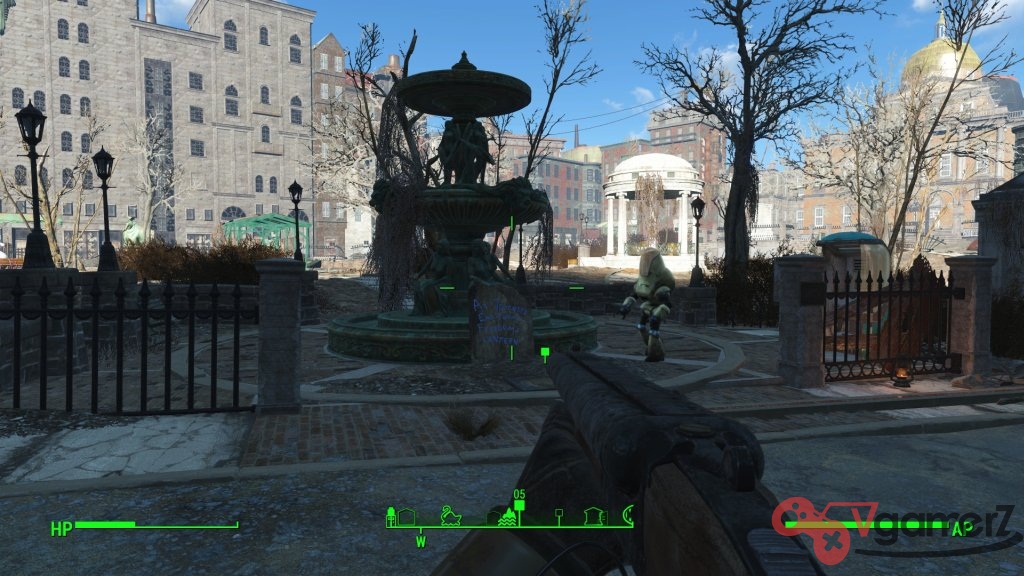

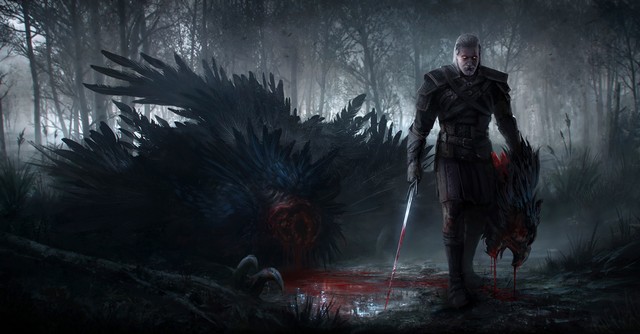
 Here's How To Get The First Curse In Destiny: The Taken King
Here's How To Get The First Curse In Destiny: The Taken King Galak-Z Guide: How to Survive Space as a Beginner
Galak-Z Guide: How to Survive Space as a Beginner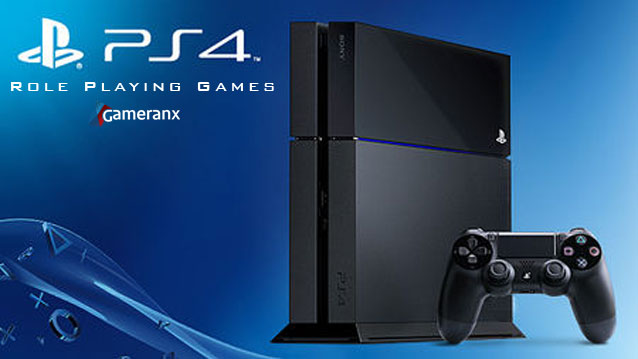 PS4 Role Playing Games List
PS4 Role Playing Games List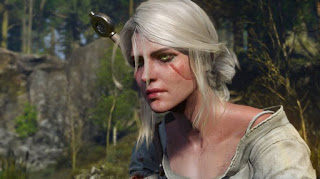 The Witcher 3 Wild Hunt (PC) Gwent Cards Locations
The Witcher 3 Wild Hunt (PC) Gwent Cards Locations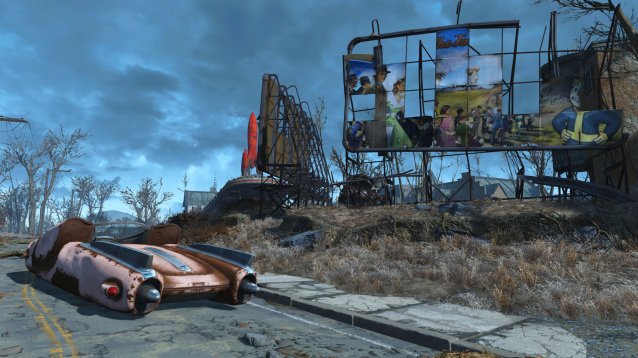 Fallout 4 Guide: Easter Eggs in the Wild Wasteland
Fallout 4 Guide: Easter Eggs in the Wild Wasteland